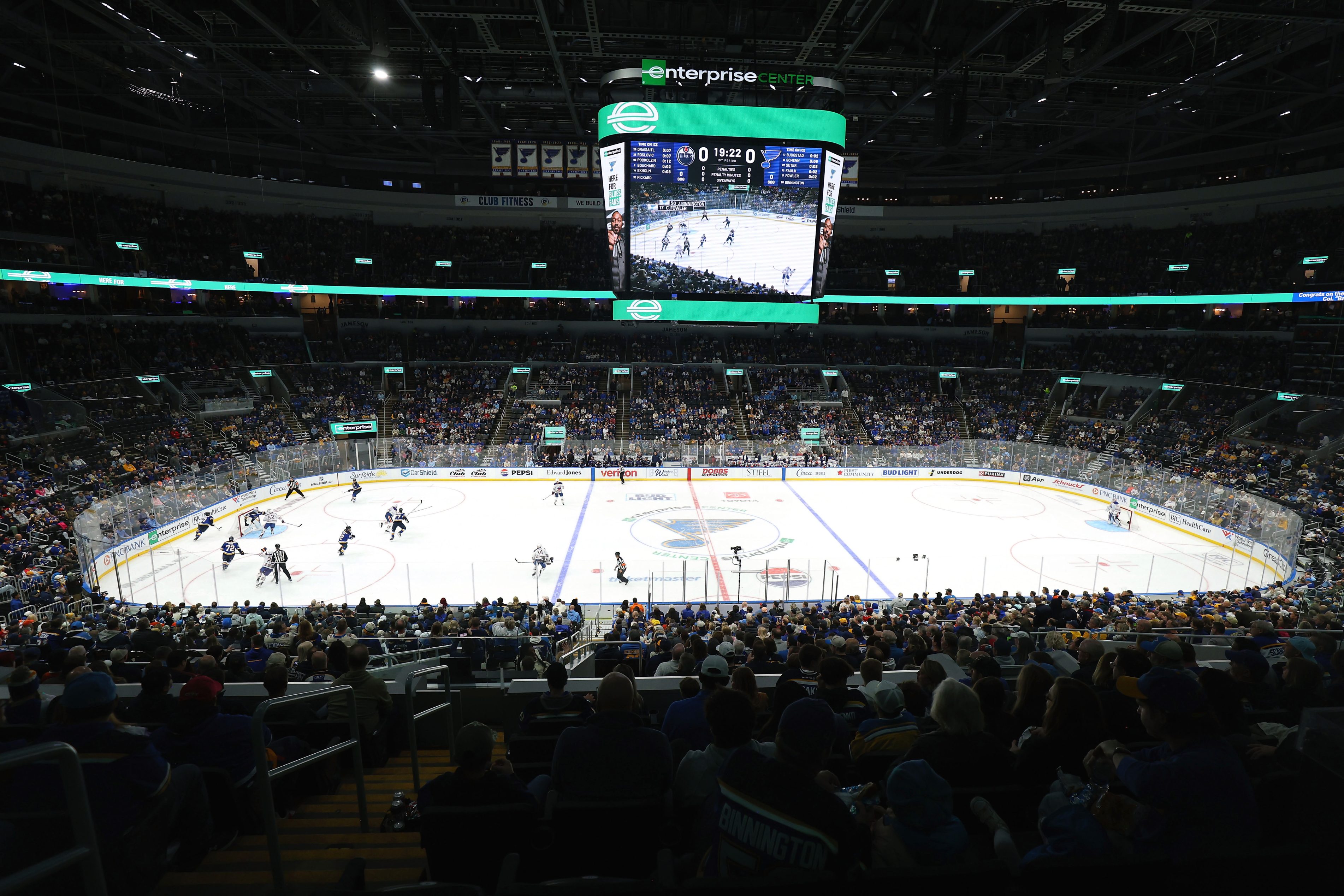
"The most important piece of data, at any given second, is "Where is the puck?" If the puck is a hundred feet away from your team's net, there is realistically no chance that you will be giving up a goal within the next couple of seconds, and if it's that far from the other team's net, there is no way you're going to score."
"It sounds kind of basic, but I process a game in terms of "left" and "right." I think of an imaginary line, bisecting the rink vertically, that represents the average position of the puck so far in the game. As the action develops, it's sort of like a tug of war-if one team is enjoying more success keeping the puck in their opponent's end, I think of that line slowly creeping in their direction."
"Extended possession for your skaters is going to come from a certain amount of skating skill, and smart spacing that keeps everyone from bunching up-they're basically playing keepaway with the puck until a favorable chance to shoot presents itself. More than anything else, it's about passing. When the puck is moving crisply and efficiently, it's like quenching my thirst with a cool glass of water. When the passes aren't being completed, it gives the frustration of an unresolved melody."
The puck's location at any moment dictates the immediate likelihood of scoring or conceding; proximity to each net matters more than isolated events. Possession functions as shorthand for which team controls play and where pressure is being applied. Visualizing an imaginary vertical line marking the puck's average position helps track which team is winning the territorial tug-of-war. Sustained possession requires skating skill, smart spacing to avoid bunching, and crisp, tape-to-tape passing to create sustained chances. Evaluating how long a player can hold the puck before being challenged helps measure possession quality and threat creation.
Read at Defector
Unable to calculate read time
Collection
[
|
...
]